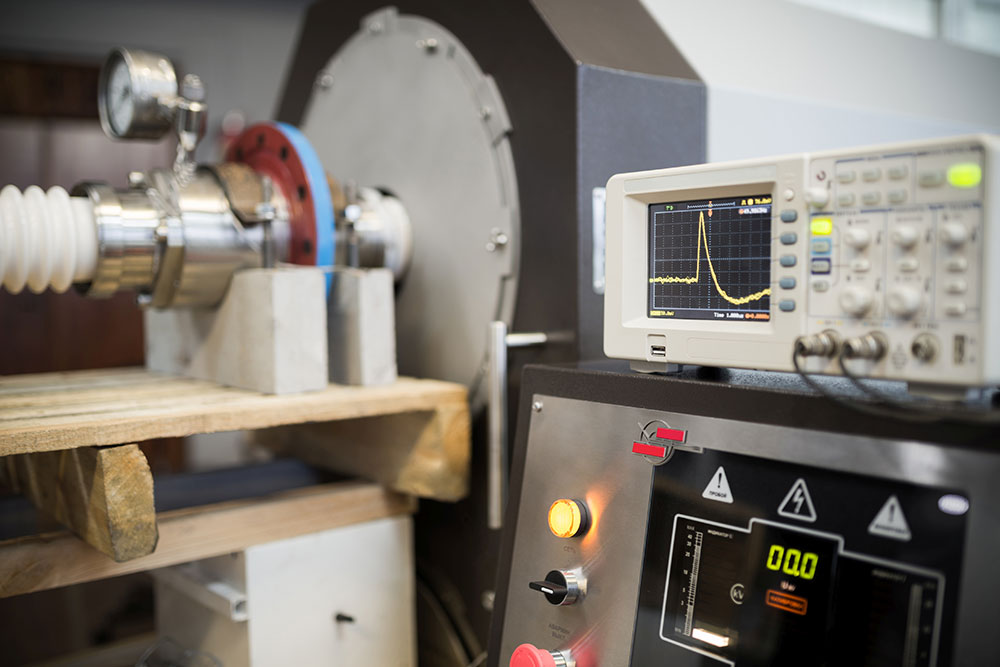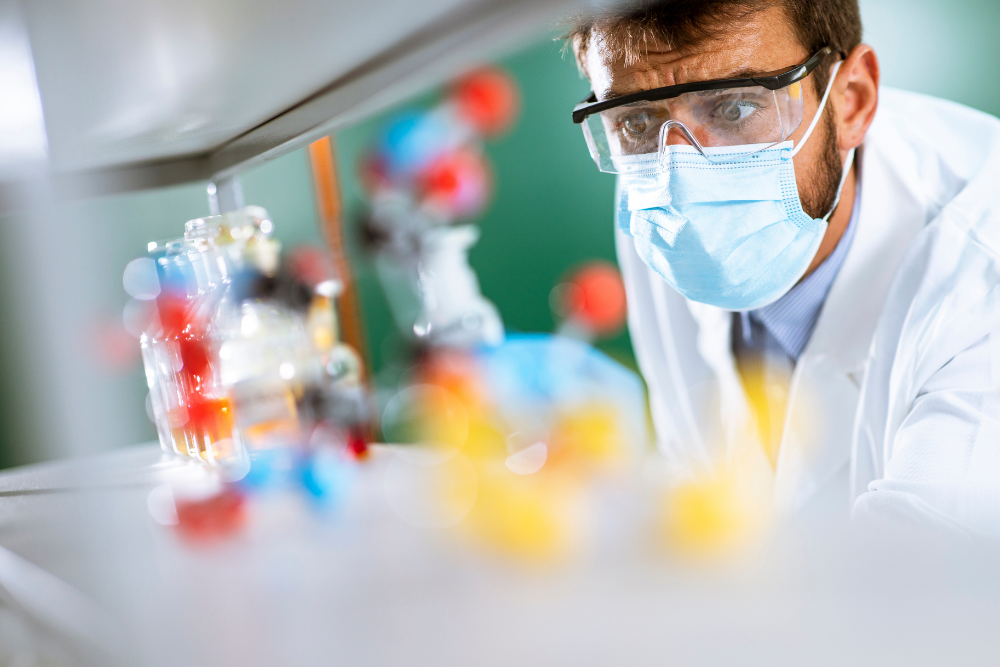
Approfondimento sui Servizi Post – Vendita: risponde Davide Comastri
Settembre 29, 2022
Comastri Distribution srl entra in Confindustria Emilia
Novembre 16, 2022Il monitoraggio della Temperatura nei Laboratori di Analisi
La ditta Comastri Davide ha da poco concluso il primo di una serie di Webinar per specialisti di settore lo scorso 7 Ottobre. In particolare, nel primo Webinar, curato dalla Dottoressa Stefania Accorsi, si è approfondito il Monitoraggio della Temperatura nei Laboratori di Analisi relativamente ai settori Alimentare e Farmaceutico.
Farmaci e Alimenti sono prodotti molto sensibili a variazioni di temperatura, basti pensare alla semplice necessità di conservazione di medicinali e prodotti gastronomici a basse temperature per evitarne il deperimento. Ma un monitoraggio adeguato della temperatura in laboratorio nel settore Alimentare e in quello Farmaceutico riveste un ruolo importante anche per altre ragioni.
Condizioni Ambientali e Norme di Riferimento
Dal punto di vista normativo, le linee guida da seguire per il livello minimo di standard procedurali, igienici, di qualità e tracciabilità dei risultati sono:
- ISO 9001 per la Gestione della Qualità
- ISO/IEC 17025 per i Requisiti per i laboratori di prova e taratura
- ISO 15189 per i Requisiti per i laboratori medici
Queste linee guida sottolineano l’importanza di monitorare e documentare i parametri ambientali nel processo di rilevamento della temperatura. L’attendibilità, la genuinità, la replicabilità e la tracciabilità dei parametri rilevati possono infatti essere garantite solo in presenza di condizioni uniformi e tenendo conto di fattori di influenza esterni.
Per garantire un alto livello di sicurezza del prodotto è inoltre importante monitorare:
- Temperature di test funzionali in modo da valutare le performance di prodotto in condizioni estreme
- Temperature di reazione per monitorare eventuali reazioni chimiche (ad esempio facciamo riferimento alla sintesi, decomposizione, sostituzione e metatesi.)
- Temperature di conservazione per il mantenimento di determinate caratteristiche (ad esempio nel settore alimentare facciamo riferimento al rallentamento della proliferazione batterica e quindi alla possibile alterazione dell’alimento stesso)
Gli Strumenti di Misurazione della Temperatura
Gli strumenti di misurazione raggiungono la massima precisione solo se determinati parametri, come temperatura ambientale, disturbi elettromagnetici, umidità e pressione dell’aria, rimangono costanti: ad esempio, la temperatura nei laboratori di misura è normalmente di 20°C.
Possiamo definire la temperatura come il potenziale di trasferimento di calore tra due corpi: questo vuol dire che, mettendo a contatto due corpi, si genera un flusso di calore che va da quello più caldo a quello più freddo fino a raggiungere entrambi la stessa temperatura. Il termometro è lo strumento utilizzato per calcolare la variazione di temperatura con un corpo; per fare ciò è però necessario individuare una scala di temperatura standard.
La Scala della Temperatura
A differenza di altre unità di misura, come ad esempio il Metro per la lunghezza, la temperatura viene determinata a seconda delle proprietà fisiche di alcuni materiali: nella vita di tutti i giorni sappiamo infatti che 100 gradi Celsius è la temperatura alla quale l’acqua bolle, e 0 gradi Celsius è la temperatura alla quale diventa ghiaccio. L’unità di misura internazionale standard della temperatura è però il grado Kelvin, e per calibrare un termometro di riferimento si utilizzano dei punti fissi le cui temperature sono state stabilite con esperimenti scientifici in maniera estremamente precisa (ad esempio la temperatura di fusione di materiali come l’Alluminio o l’Oro).
Quali sono gli Strumenti per Misurare la Temperatura nei Laboratori?
Gli strumenti in commercio per misurare la temperatura e che possono essere utilizzati nei settori Alimentare e Farmaceutico sono:
- Termometri a resistenza (RTD, Resistence Temperature Detectors), che hanno un filo o un film di materiale la cui resistenza elettrica cambia al variare della temperatura
- Termistori (NTC, Negative Temperature Coefficient), composti da una piccola perlina di ossidi semiconduttivi la cui resistenza aumenta rapidamente al diminuire della temperatura
- Termoresistenze/Termocoppie, un sensore che genera una tensione in un conduttore elettrico quando la temperatura è diversa ai due capi di un cavo
Al di là dello strumento utilizzato, il monitoraggio della temperatura avviene nei seguenti metodi:
- Misura di controllo a campione, che possiede un basso costo ma fornisce un numero esiguo di dati
- Data Logger, assicura un rilevamento costante di dati che devono essere poi valutati manualmente (bisogna quindi attendere tra il rilevamento e l’analisi dei dati)
- Real Time Monitoring, assicura un rilevamento costante di dati e un’analisi automatica, ma necessita di una rete WLAN o di un accesso a Internet
Per ulteriori informazioni sugli Strumenti disponibili su Comastri Distribution puoi visitare la pagina relativa agli Strumenti di Misurazione della Temperatura, o andare alla pagina Contatti per scoprire i prossimi Webinar.

